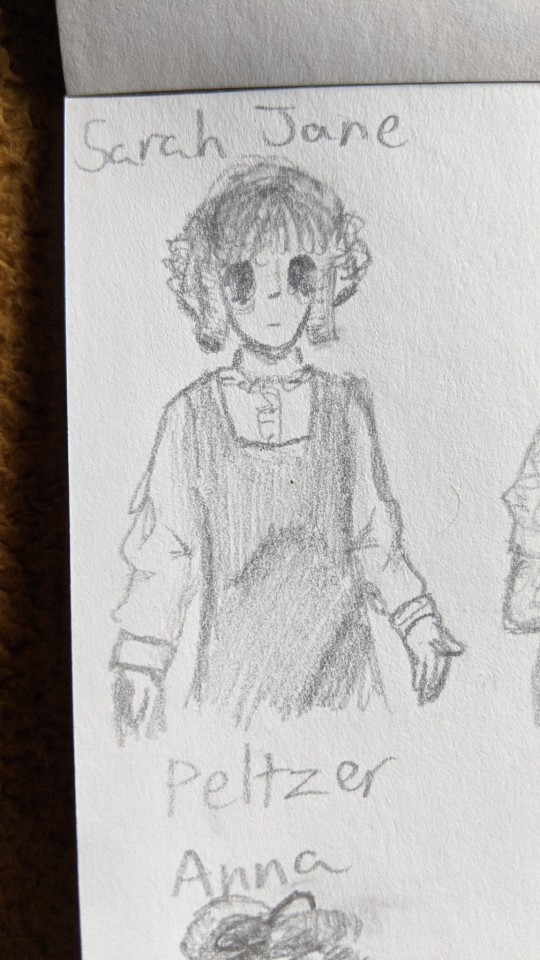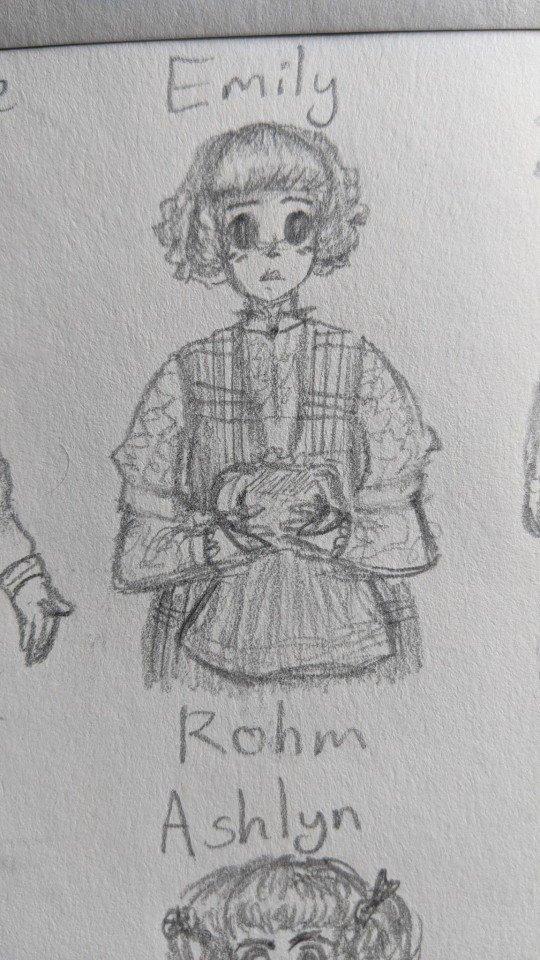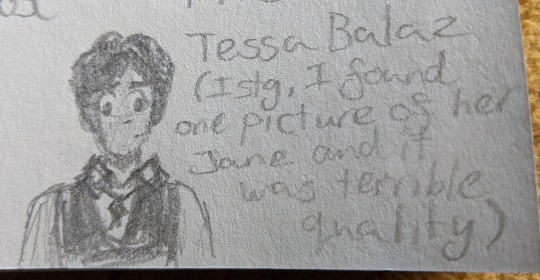#anna van der hooft
Explore tagged Tumblr posts
Text
Jane Doe x7








This made me so grateful for fan wikis.
#ride the cyclone#rtc#rtc musical#ride the cyclone jane doe#rtc jane doe#jane doe rtc#jane doe ride the cyclone#jane doe#sarah jane peltzer#emily rohm#becca hart#anna van der hooft#ashlyn maddox#em flosi#tessa balaz#literally the only photo of tessa's jane i could find was blurry zoomed out and didn't show anything below the shoulders
135 notes
·
View notes
Note
favorite actors for each rtc character? or, to make a little interesting, favorite rtc actors but not counting the 2016 cast?
YES
Jane — Ashlyn Maddox, Becca Hart, Amy Pilgrim, Anna van der Hooft
Ocean — Rielle Braid, Millspace Ocean(I don't know her name <//3), Madeline Humeny
Ricky — Yannick Mirko
Mischa — Adam Standley, Joe Solari
Constance — Princess Sasha Victomé, Yasmin D'Oshun
Noel — Carter Gulseth
#ride the cyclone#rtc#ashlyn maddox#becca hart#amy pilgrim#rielle braid#yannick mirko#adam standley#Princess Sasha Victomé#so little of them have tags :(#i can label which productions !!
15 notes
·
View notes
Photo


Cornelis van der Voort - Portrait of Cornelis Pietersz Hooft (1546-1626) - 1622
idem - Portrait of Anna Jacobsdr. Blaeu -1622
Cornelis Pietersz. Hooft (1547 – 1627 in Amsterdam) was a Dutch statesman. He was the grandson of Pieter Willemsz. Hooft, a Zaanse grain merchant and shipmaster, and the father of the poet and dramatist Pieter Corneliszoon Hooft. Hooft himself held numerous positions in the administration of Amsterdam. He was amongst others, schepen, twelve times mayor, and treasurer in a period of fast growth, so that the city had to be expanded three times. Cornelis' father established himself in Amsterdam. In 1569 he went into exile, but in 1574 came back from Königsberg and established himself in Hoorn. Then, in 1578, after the Alteratie on 26 May, he risked going back to Amsterdam. He lived on Nieuwendijk on the IJ. Hooft had been interested in theology, but was nevertheless tolerant - his wife Anna Jansdr Blaeu was a Mennonite, and he seems to have been a 'via media' man, declaring for neither the Remonstrants nor the Anti-Remonstrants.
Cornelis van der Voort or van der Voorde (1576 – buried on 2 November 1624) was a Dutch Golden Age portrait painter from the early 17th century.
17 notes
·
View notes
Photo
Pastoral costumes were among the favourite historical guises. From the early 1620s, nobles in particular chose to be represented as the protagonists of Italian and Dutch pastoral plays. The ravishing portrait of Anna du Pire indicates the special resources of pastoral portraiture. Du Pire is wrapped in swath of red, blue, and white silk, bedecked with pearls and a red feather headdress. Her décolleté leaves little to the imagination. A respectable woman could be represented in this way only for sound narrative reasons, and they are suggested by the bow and arrows and the shell filled with water. Viewers familiar with the famous play "Granida" (1615) by Pieter Cornelisz Hooft would have recognized these elements as references to its title heroine, a princess lost during the hunt who receives water from an adoring shepherd. The portrait indeed has a shepherd pendant of her husband, the painter himself, and the pair form a romantic marriage set. Although du Pire's identification with Granida justifies her attire, even for a pastoral portrait this painting teeters on the edge of proper representations of actual people. Because she was van der Helst's wife, probably only he and his intimates, acquainted with his innovative portraiture, had access to her portrait.
https://www.wga.hu/html_m/h/helst/granida.html

Bartholomeus van der Helst (1613-1670), Portrait of Anna du Pire as Granida, 1660
113 notes
·
View notes